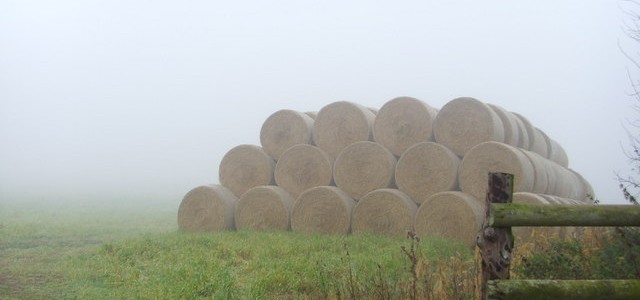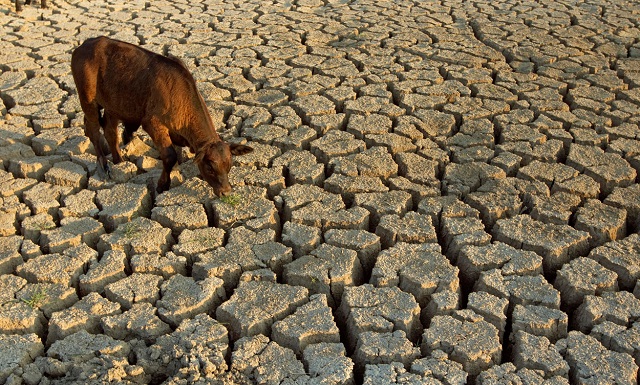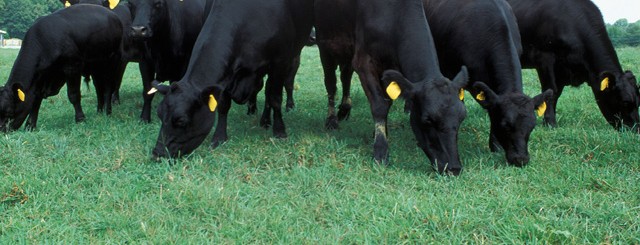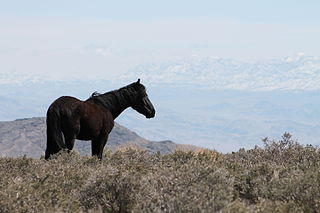Livestock
-

I woke up to the sound of rain on the roof and I smiled because there is no more welcome sound after a long dry spell. But will the rain be helpful for farmers trying to find grazing for their cattle? Dr. Dennis Hancock, UGA pasture specialist, put out a note about this yesterday in…
-

On Monday November 28 I am going to be participating in a drought workshop in Carroll County on how to manage cattle in drought conditions. If you are near there, you might want to take advantage of the opportunity. I will be discussing the current drought conditions and the outlook for winter. Details are below.…
-

While it’s tough to make hay this year in drought-stricken parts of the Southeast, it is still interesting to read about how they make hay in other parts of the world. Here is a fascinating story about wild hay making in the Swiss high valleys from House of Switzerland: https://houseofswitzerland.org/swissstories/history/wild-hay-making-fascinating-swiss-tradition.
-

The Southeast Farm Press released a short article on five causes of cattle death that are not common but become more frequent in drought or after frost. This year due to the drought livestock producers need to keep a careful watch on this. You can read more about this here. Lee Jones, University of…
-

The Southeast Farm Press reported that several livestock drought meetings are planned for north Alabama. The first meeting is in Scottsboro on November 1. Topics covered at the meetings will include winter annual planting, commodity feed options, pasture and hay inventory, feeder cattle marketing and fall cow checks. You can read more about the meetings plus…
-

Several articles out this week described continuing efforts by farmers in southeast Georgia and eastern North Carolina to determine the damage caused by the wind and flooding rain from Hurricane Matthew a few weeks ago. In North Carolina, Modern Farmer reported here that while livestock farmers are starting to compost dead chickens and deal with 3300…
-

Earlier this week, Weather Underground published a fascinating story about wild horses and their dependence on snow for water at high elevations. They have adapted to the harsh local conditions and have learned to eat snow for their water in the winter months. They migrate up and down the slopes as the snowpack comes and…